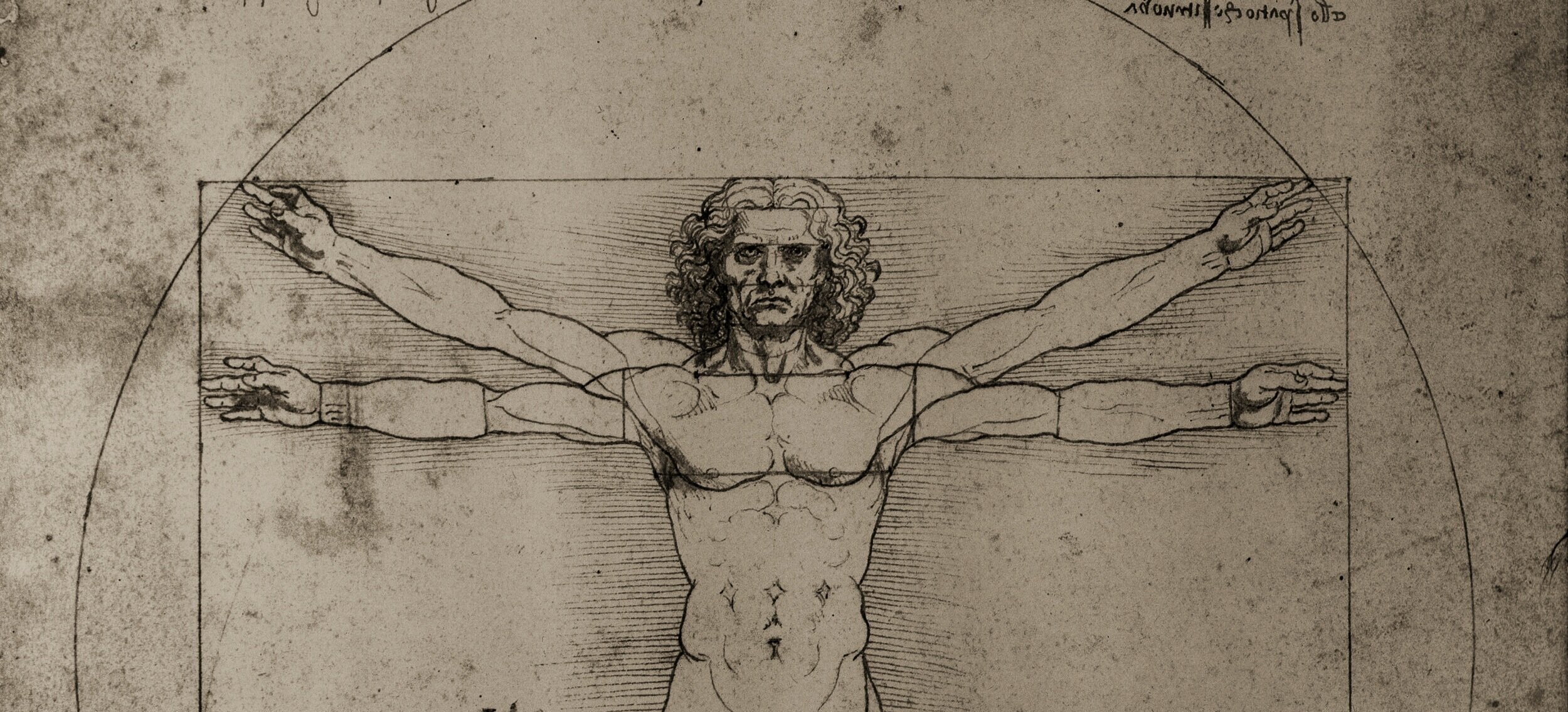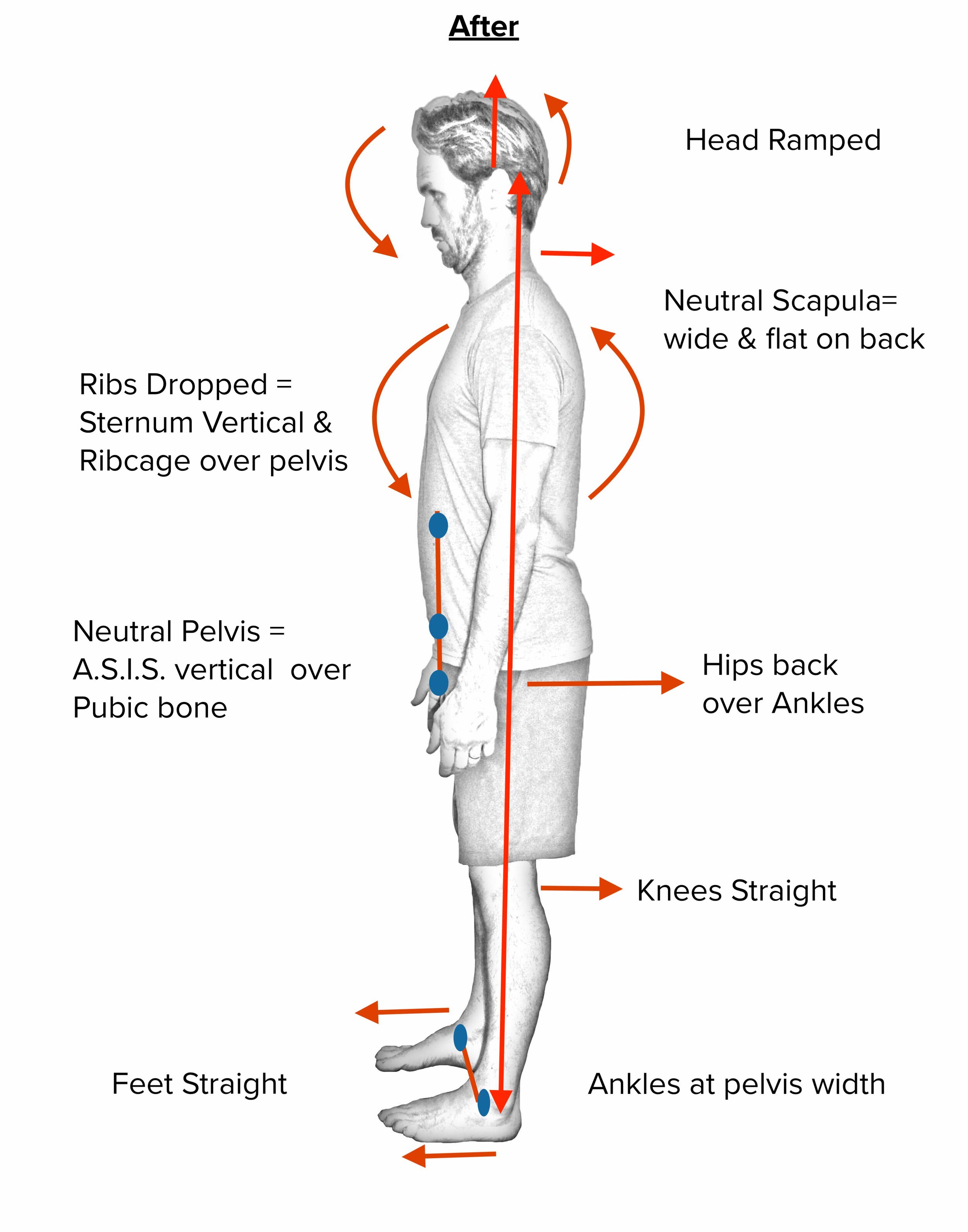
Getting to Know the Alignment Points
Welcome!
This course is intended to get you moving with an understanding of your skeletal alignment. The Alignment Points help you to become aware how the parts of your body are in relationship to each other as well as to gravity. That awareness will help you recognize where you may have developed habits of overusing some parts of you while underusing others, and how you can restore balance to your body so that you can move more freely, more efficiently, and without pain.
How to use the Course:
Refer to the gallery below and download the pdf to get an overview of the major alignment points as well as the cues often suggested for adjusting common habits toward better alignment.
Watch and practice along with the videos to learn the fundamental corrective exercises that help bring better balance to the whole body.
For further guidance, schedule a 1:1 private coaching session!
Having purchased this program, you’ll receive 20% off a private session.
Just use the code: studentofthe-ap
Schedule your 1:1 Wayfinder Coaching Session
Alignment Diagrams
The Classes
There are 33 joints in the feet! All of them should be somewhat mobile. However, most of our shoes and man-made surfaces over which we walk limit the movement of the feet themselves. As a result, the joints of the feet become stiff and "sticky". The mobility of the feet can affect both how we use the parts above them (knees, hips, etc) and how well we balance and adapt while walking on uneven surfaces. In this class we run through numerous exercises designed to mobilize the joints of the feet and develop better coordination for balance. Enjoy!
In this class, we'll define neutral shoulder blades in a position that helps keep both the joints of the shoulders and the upper spine more stable, and then we'll explore both how to strengthen that position of the scapula, and how to develop a better coordination of moving the arm utilizing more of the shoulder joint itself.
How we tend to hold our shoulders throughout the day can affect all around the upper body - from the hands to the neck to the upper spine. If we tend to hold the shoulders in one position much of the time (think typing, reading, driving, utensil use, smartphone use), it's important to spend a lot of time moving the arms in the other direction. In this class, we'll talk about "neutral" for the shoulder rotation (watching the "elbow pits") and explore ways to move and stretch the parts around the shoulder so that they can "unstick" from each other.
So many of our daily actions from driving, reading, screen time, & chair sitting lead to the habit of dropping our head forward in front of the torso. Also, other body habits such as thrusting the hips forward or lifting the ribcage can also create the neck position that is the same as dropping the head forward. All of this can lead to neck tension, headaches, and excessive curvature of the upper spine. To lengthen the spine and keep the neck healthy, learn not to tilt the head back, but rather to Ramp the Head!
A common adjustment for better "posture" is often to lift the chest.
In this class, we'll identify a healthier alignment of the ribs in relation to the pelvis and then explore some movements to help this adjustment become our new normal.
Often as a consequence of the amount of sitting we do, our hip muscles have a bit of trouble stabilizing our thigh while standing, walking and performing other dynamic motions. As a consequence, many of us tend to experience an internal rotation of the thigh. If this happens consistently, we may compensate with a turn out of the feet, and we may experience knee strain, lack of balance, etc. In this class, we'll work on establishing hip rotation to help us find more stability and ease in our movements. However, looking at the kneecap isn't a very reliable way to determine your hip rotation because the kneecaps can be pulled to the side of the knee joint due to an imbalance of tension on on side of the quadricep muscles. A better measurement is the back of the knee or "the knee pit".
Developing the habit of standing with vertical/straight leg helps with a number of things such as: - loading your hips and legs for stronger bones - developing better hip and butt strength - Releasing chronic tension in the knees and quads. In this class we work on assessing what is a vertical leg, and how do we develop a better balance of muscle activity in the leg by relaxing the frontside and engaging the backside of the legs.
This is a full class exploring the alignment of the feet. When the feet tend to splay outwards, it can cause dysfunctional compensation patterns all the way up the body. This class explores some of the reasons why the feet splay out, what the "ideal" alignment should be, and how to restore the function not only of your feet but of the whole body.
Finding Parallel feet or getting your feet to point forward is a way to find better hip engagement, and to decrease stress on the ankles and knees. In this class we explore how to measured neutral alignment of the feet and how to coax your feet back toward that alignment especially if you've spent years adapting toward other positions.
Learning to stand with a vertical leg where there hips rest over the heels is an important alignment cue to help release the tension of the fronts of the thighs and knee joints, to engage the backside of the legs for better balance and walking, and it helps load the bones of the hips and legs for greater bone strength. This adjustment also helps create a vertical body all the way to the head.
Learning to stand and walk with the ankles at pelvis width apart is an important alignment marker that will help us to find better hip strength. Developing this as your neutral stance will keep the feet, ankles, and knees healthier as well. It also helps to load the bones of the legs for better bone strength.


















We spend so much time sitting in modern society, that unless we are very mindful, it is easy to fall into a habit of consistently tucking the pelvis (also known as posterior tilt). This can cause and exacerbate certain issues with tight/short hamstrings, the core, the pelvic floor, balance, hip mobility and more.
In this class we'll identify what a neutral pelvis is in relationship to the parts that surround it and we'll explore some exercise/correctives to help bring the pelvis to neutral.
When you know where your pelvis is, you'll be better able to move the rest of the body better without overtaxing your lower back or losing support from your core.